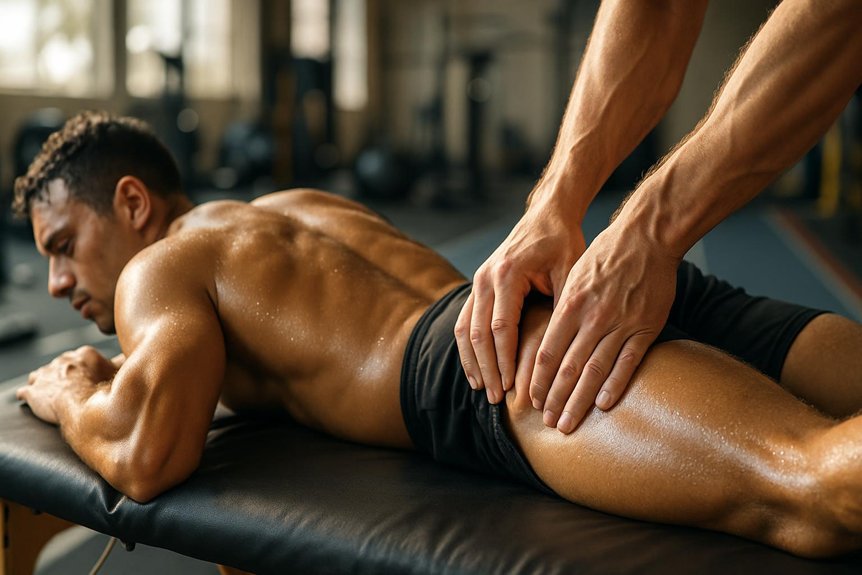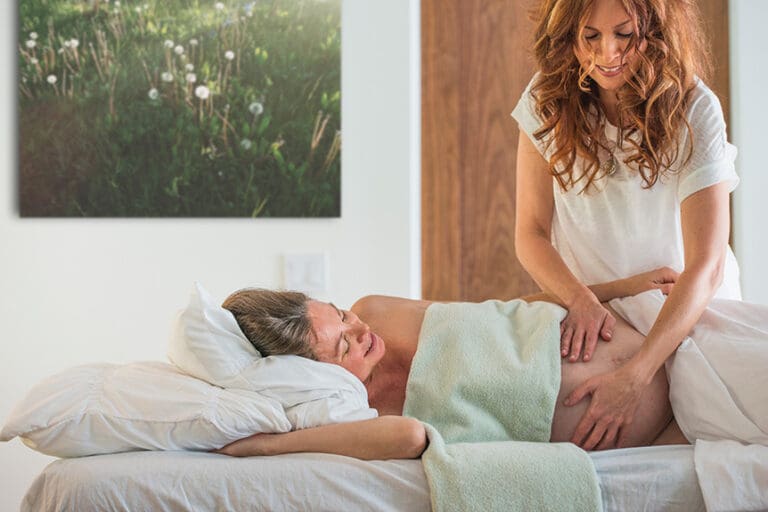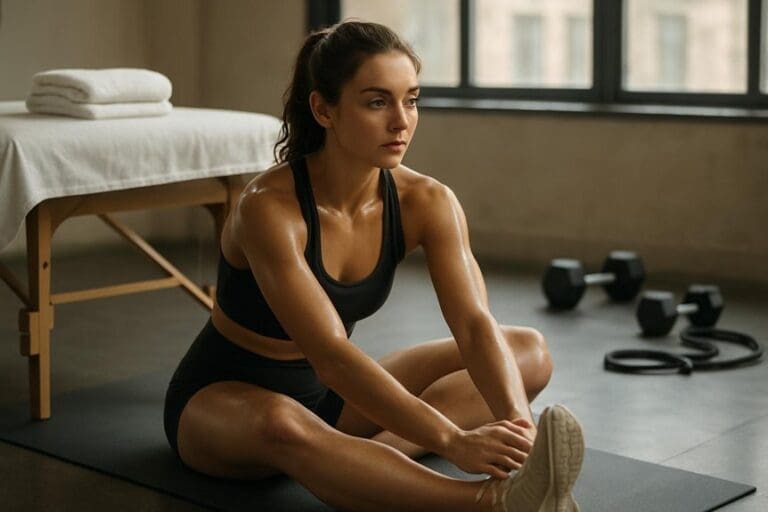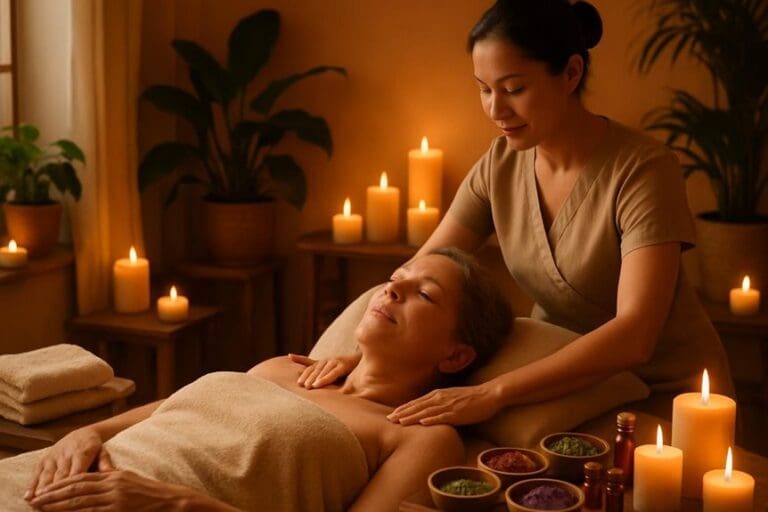Athletic recovery massage can support performance by modulating soft tissue to improve muscle function and joint mechanics. Techniques use graded pressure, myofascial work, and neurodynamic glides to reduce nociceptive input, ease tone, and enhance tissue glide. Evidence shows small gains in rate of force development, perceived exertion, and recovery, with limited immediate strength increases. Timing matters: light pre-event work, brief race-day sessions, and post-event flushing aid readiness and mobility. Integrated with training, mobility, sleep, and nutrition, benefits become more measurable.
What Sports Massage Does for Muscles and Movement
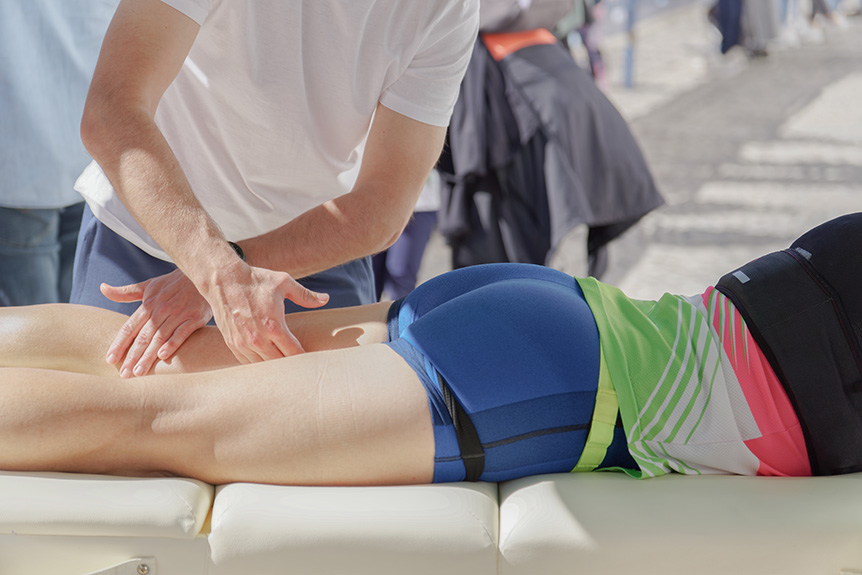
Although often associated with post-exercise recovery, it primarily modulates soft tissue to optimise muscle function and joint mechanics.
At Spa & Massage, therapists apply graded pressure, myofascial techniques, and neurodynamic glides to reduce nociceptive input, ease tone in overactive fibres, and improve slide between muscle, fascia, and neural structures.
This can normalise length–tension relationships, support cleaner joint tracking, and soften protective guarding.
Targeted work on trigger points and adhesions helps redistribute load across muscle groups, reducing compensations that irritate tendons or compress bursae.
Lymphatic and venous return are facilitated through directional strokes, aiding metabolite clearance and restoring pliability.
In practice, therapists assess patterns—hip rotation, scapular control, foot mechanics—and treat accordingly.
Aftercare commonly includes gentle mobility, heat, and hydration guidance to consolidate gains.
Some practitioners also incorporate elements of reflexology techniques to further stimulate relaxation and enhance the body’s natural healing processes.
Evidence on Performance Gains: Speed, Strength, and Endurance
Building on how athletic recovery massage modulates soft tissue and joint mechanics, the next question is whether these changes translate into measurable gains in speed, strength, and endurance. Evidence suggests modest, context-dependent effects.
Meta-analyses show small improvements in sprint performance when massage precedes high-intensity efforts, likely via enhanced neuromuscular readiness and reduced musculotendinous stiffness.
Strength outcomes are mixed: maximal force rarely increases immediately, but rate of force development and repetition quality may improve when residual soreness is lowered.
Endurance markers show the most consistent benefit through perceived exertion and recovery kinetics rather than oxygen uptake.
In Spa & Massage clinics, therapists prioritise techniques that reduce tone in overactive tissues and enhance gliding of fascial layers, aiming for subtle gains that accumulate with consistent, well-timed sessions.
When to Book: Pre-Event, Post-Event, and Training Phase Strategies
Timing dictates effect. Pre-event athletic recovery massage is best booked 24–48 hours before competition, using lighter, rhythmical work to optimise readiness without provoking soreness. Evidence suggests transient gains in perceived muscle looseness and anxiety reduction, which may aid arousal control.
On race day, brief tune‑ups (10–15 minutes) focus on key muscle groups, avoiding deep pressure.
Post-event sessions within 2–24 hours prioritise gentle flushing and pain‑free range of motion; research supports small benefits for perceived recovery and soreness. Though performance restitution depends on overall load management.
During heavy training blocks, scheduling every 1–2 weeks helps manage tone, address adhesions, and monitor asymmetries.
At Spa & Massage in London, therapists coordinate timings with athletes’ calendars, refine pressure to tolerance, and document responses to guide subsequent bookings.
Techniques We Use at Spa & Massage to Support Athletes
With booking strategies set, practical outcomes depend on the methods applied at the table.
At Spa & Massage, therapists prioritise assessment: palpation, range-of-motion screening, and tissue response to graded pressure.
Evidence-based techniques follow. Deep transverse friction targets focal adhesions; myofascial release improves glide across fascial planes; active and passive release reduce tone in overworked muscle groups.
For circulation and metabolic clearance, therapists employ rhythmic effleurage and proximal-to-distal flushing.
Neuromuscular techniques—trigger point compression with timed breathing—modulate nociception and restore recruitment patterns.
Joint mobilisation uses low-grade oscillations to enhance capsular pliability without irritation.
For tendon loading phases, therapists apply progressive ischaemic pressure, then gentle eccentric-assisted lengthening.
Clinic oils are hypoallergenic, low-scent, to maintain tactile feedback.
Notes capture response, guiding dose, frequency, and return-to-play readiness.
How to Combine Athletic Recovery Massage With Recovery, Mobility, and Nutrition
Why combine athletic recovery massage with structured recovery, mobility, and nutrition? Because these elements interact. Evidence shows massage can reduce perceived soreness and improve range of motion; benefits are amplified when paired with sleep, progressive mobility, and consistent fueling.
At Spa & Massage, therapists schedule massage 24–48 hours after hard sessions, then guide clients toward gentle mobility (capsular stretches, controlled articular rotations) to consolidate tissue tolerance.
Recovery prioritises 7–9 hours sleep, hydration to weight-based targets, and post‑exercise protein (0.3 g/kg) with carbohydrates to restore glycogen.
Pre‑event, lighter massage and dynamic mobility support readiness; post‑event, deeper work integrates with low‑intensity aerobic flush and anti-inflammatory meals.
Appointments include self-care drills, load-modification advice, and referral cues—creating a coordinated, measurable plan athletes can trust.
Conclusion
Coincidentally, as evidence aligns with practice, this massage intersects with key performance needs: reduced perceived fatigue, improved range of motion, and maintained training consistency. Studies show modest, context-dependent gains rather than dramatic speed or strength changes, yet athletes repeatedly report better readiness and recovery. Scheduled pre-event, post-event, and during training, targeted techniques—deep tissue, myofascial release, assisted stretching—support circulation and movement quality. When combined with conditioning, sleep, and nutrition, this massage becomes a precise adjunct, reinforcing resilient, pain‑limited performance across cycles.
